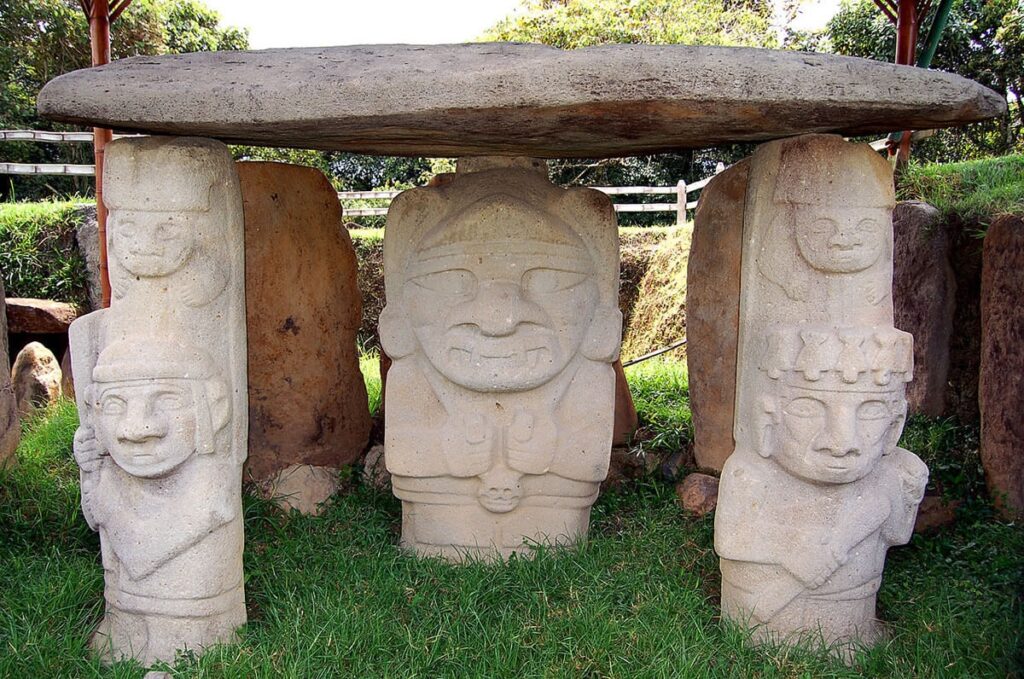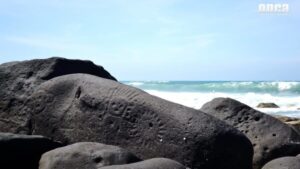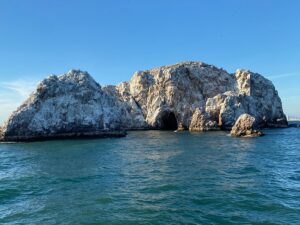San Agustin Archaeological Park: Ancient Sculptures and Mysteries
Nestled in the lush landscapes of Colombia, the San Agustin Archaeological Park is a captivating destination for history enthusiasts and curious travelers alike. This UNESCO World Heritage site is renowned for its mysterious stone sculptures and ancient burial sites, offering a glimpse into the lives of a long-lost civilization. Whether you’re an archaeology buff or simply looking for a unique travel experience, San Agustin promises to intrigue and inspire.
What to See
The park is home to over 500 stone statues, each with its own unique design and significance. These sculptures, ranging from small figures to towering monoliths, depict a variety of human and animal forms, often with intricate carvings and enigmatic expressions. The most famous of these is the “Fuente de Lavapatas,” a ceremonial fountain carved directly into the bedrock of a stream, featuring intricate designs and channels.
Visitors can explore several key areas within the park, including the Mesitas A, B, C, and D, which are clusters of statues and burial mounds. The “Bosque de las Estatuas” (Forest of Statues) offers a scenic walk through a forested area dotted with sculptures, providing a serene and contemplative atmosphere. The onsite museum provides additional context, showcasing artifacts and offering insights into the culture and practices of the ancient people who created these works.
A Bit of History and Interesting Facts
The origins of the San Agustin sculptures remain shrouded in mystery, as the civilization responsible for their creation left no written records. It is believed that the statues were crafted between the 1st and 8th centuries AD by a pre-Columbian culture that inhabited the region. The purpose of these sculptures is still debated, with theories suggesting they served religious, funerary, or political functions.
One of the most intriguing aspects of the park is the diversity of the sculptures. Some figures appear to be warriors or deities, while others resemble mythical creatures. The presence of jaguar and eagle motifs suggests a connection to shamanistic practices, as these animals were often associated with spiritual power in many ancient cultures.
In 1995, San Agustin Archaeological Park was designated a UNESCO World Heritage site, recognizing its cultural significance and the need for preservation. The park continues to be a focal point for archaeological research, with ongoing studies aiming to uncover more about the enigmatic civilization that once thrived here.
Getting There and Tips for First-Time Visitors
San Agustin is located in the Huila Department of Colombia, approximately 520 kilometers southwest of Bogotá. The most common way to reach the park is by flying into the city of Neiva and then taking a bus or private transport to San Agustin, which is about a five-hour drive. Alternatively, you can take a direct bus from Bogotá, though the journey can take up to 10 hours.
For first-time visitors, it’s advisable to hire a local guide. Guides can provide valuable insights into the history and significance of the sculptures, enhancing your understanding and appreciation of the site. The park is open daily, and a moderate entrance fee is required, which helps fund conservation efforts.
Wear comfortable walking shoes, as exploring the park involves a fair amount of walking on uneven terrain. The weather can be unpredictable, so it’s wise to bring a rain jacket or poncho. Don’t forget your camera, as the park offers numerous photo opportunities, from the striking sculptures to the stunning natural surroundings.
In summary, San Agustin Archaeological Park is a must-visit destination for anyone interested in ancient cultures and history. Its mysterious sculptures and beautiful setting make it a unique and memorable experience, offering a fascinating glimpse into Colombia’s rich past.








